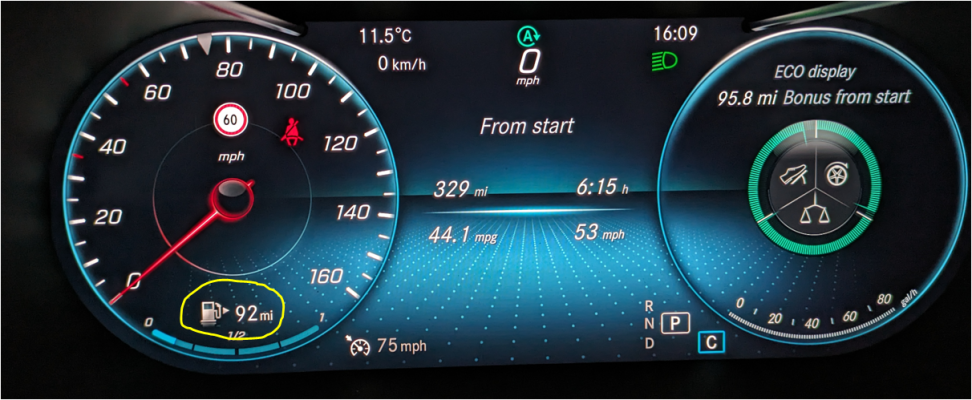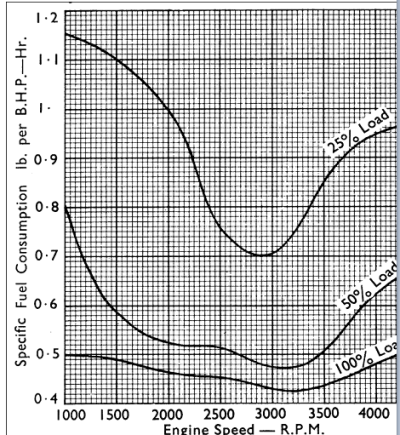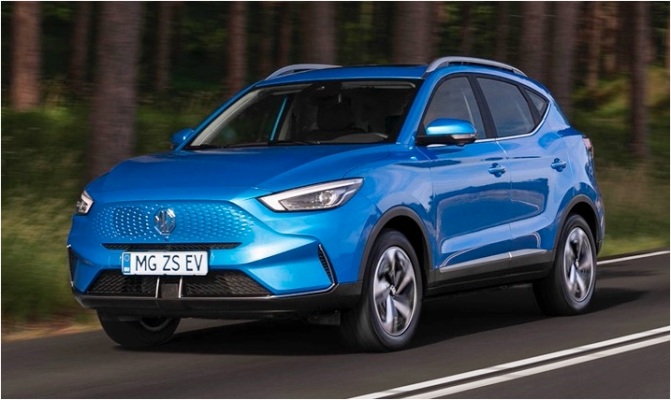MikeInWimbledon
Hardcore MB Enthusiast
- Joined
- Nov 8, 2014
- Messages
- 13,810
- Car
- (Ex S211 E500, W212 E500, C216, S212 E500, W211 E500 5.5, W221 S500, S211 E500, SL500, S500, E55)
If people have range anxiety, don't they look at miles until destination?I still believe the main reason for range anxiety, at least in terms of keeping the speed down in an EV for fear of using the charge too quickly (ie lower fuel consumption) is because EVs give 100 graduations between empty and full, usually spelt out in big numbers on the dash, where on an ICE vehicle you might see 0-1/4-1/2-3/4-Full (although my Elise inaccurately states number of litres left as Refill, 11-33 & Full). You just get so much more accuracy of how the charge level/range is going down in a way that you do not so easily see a 10mpg difference between cruising at 50mph or 75 mph in an ICE car
And does this really explain why ICE drivers, especially driving elderly ICE vehicles, go on and on and on about EV range....
while actual EV users barely talk about range at all.
Because they charge when they can, and don't "fill when they have to."
Especially in France when you can charge for free at a Carrefour Hypermarket




